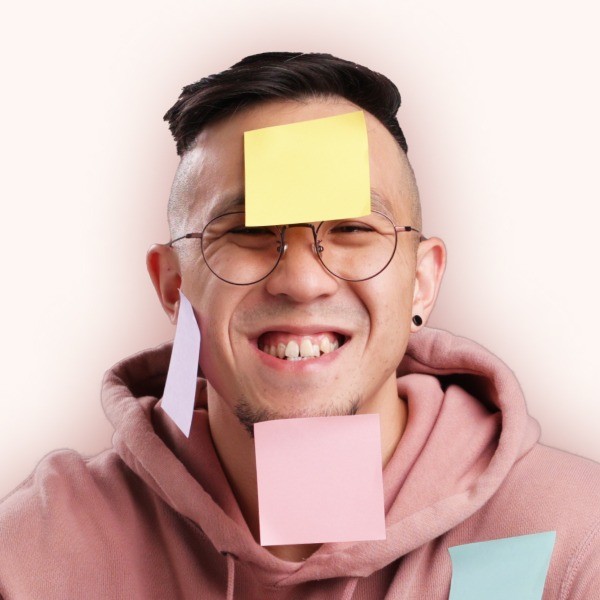Table of contents
Explore the future of UX Design in 2024. Delve into the challenges and opportunities in UX, including AI integration, market shifts, and cross-disciplinary collaboration. Discover actionable strategies for UX designers to thrive in a rapidly changing world.
Are UX jobs in crisis?
Throughout 2023, UX professionals have faced constant bad news:
- Over 3000+ UX-ers were laid off by FAANG
- Job openings for UX designers were down 71% from 2022 to 2023
- Job openings for UX researchers were down 73% from 2022 to 2023
Despite a historical growth spurt, reaching nearly 3 million UX-ers globally, these figures make us feel unease.
Many designers are feeling anxious about their future in this fluctuating job market.
But is this the end of UX, or just the beginning of a new horizon?
In this article, I’ll dissect the current state of UX and offer a roadmap for designers to thrive in our evolving future with AI.
Let’s dive in 👇
#1 Embracing the AI Revolution in UX
Whether you like it or hate it, the future of UX is going to be intertwined with AI.
Check out this Designing with AI AMA I did with Tibi David.
To stay relevant, UX-ers must pivot and integrate AI into their skill set, here’s how:
Step 1 — Educate Yourself on AI Fundamentals
Start by building a solid foundation in AI principles.
Familiarize yourself with basic concepts like machine learning, natural language processing, and prompt engineering.
There are numerous online resources, courses, and webinars available that cater to different learning levels, from beginners to advanced.
Step 2 — Understand AI’s Impact on UX
Learn how AI is currently being used in UX. This includes AI-driven design tools, user research methods, and personalized user experiences.
Understanding the capabilities and limitations of AI in UX design will help you envision how to best apply these technologies in your work.
Step 3 — Hands-on Experience with AI Tools
Get practical experience by experimenting with AI-powered UX design and research tools.
Tools like Adobe Sensei, Google Analytics’ AI features, and other AI-based user testing and prototyping tools can offer hands-on learning.
This step is crucial in understanding how AI can streamline and enhance the UX design process.
#2 Adapting, not Resisting, to UX Market Shifts
Although the drop in UX job openings and salaries feels daunting.
It reflects a market correction rather than a decline in the importance of UX.
Look beyond the immediate setbacks and recognize the long-term growth trajectory.
The expansion in fields like AI, AR, VR, and blockchain suggests a surge in UX demand.
Equip yourself with skills relevant to these emerging technologies.
💡 Remember, the ability to adapt is a cornerstone of UX mastery.
#3 Leveraging UX Cross-Disciplinary Collaboration
One of the most exciting aspects of UX in 2024 is the opportunity for cross-disciplinary collaboration.
UX-ers can now work closely with data scientists, developers, and AI experts to create a synergy that leads to innovative solutions.
💡 This collaboration not only enhances your skill set but also broadens your perspective, allowing for more comprehensive and user-centric designs.
#4 Advocating for UX in Business Strategy
Now more than ever, UX pros need to advocate for the importance of user experience in overall business strategy.
This involves not just designing products (as told) but also:
→ Educating stakeholders on the importance of UX
→ Influencing decision-making processes
→ Ensuring UX is a key consideration
💡 Bonus tip: Presenting case studies and data to demonstrate the ROI of good UX practices can be a powerful tool in this advocacy.
Final Thoughts
Stop thinking in terms of survival!
The future of UX in 2024, though challenging, is ripe with opportunities for those willing to adapt and innovate.
The integration of AI into UX is here to stay, and it demands a shift in our approach and mindset.
This isn’t a time for despair but for action and optimism.
As UX-ers, our role has always been to navigate change and turn challenges into opportunities.
Embrace the changes, advocate for UX, and be a part of shaping our future. Let’s thrive in a world where UX continues to be a vital force in shaping technology and user experiences.
Happy thriving, designers ❤️
The article originally appeared on UX Playbook.








